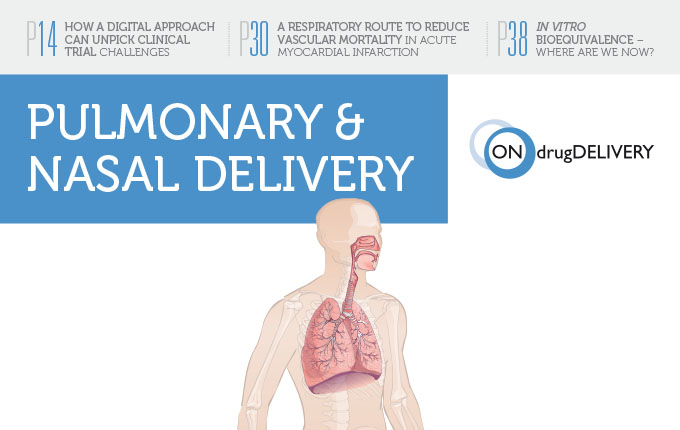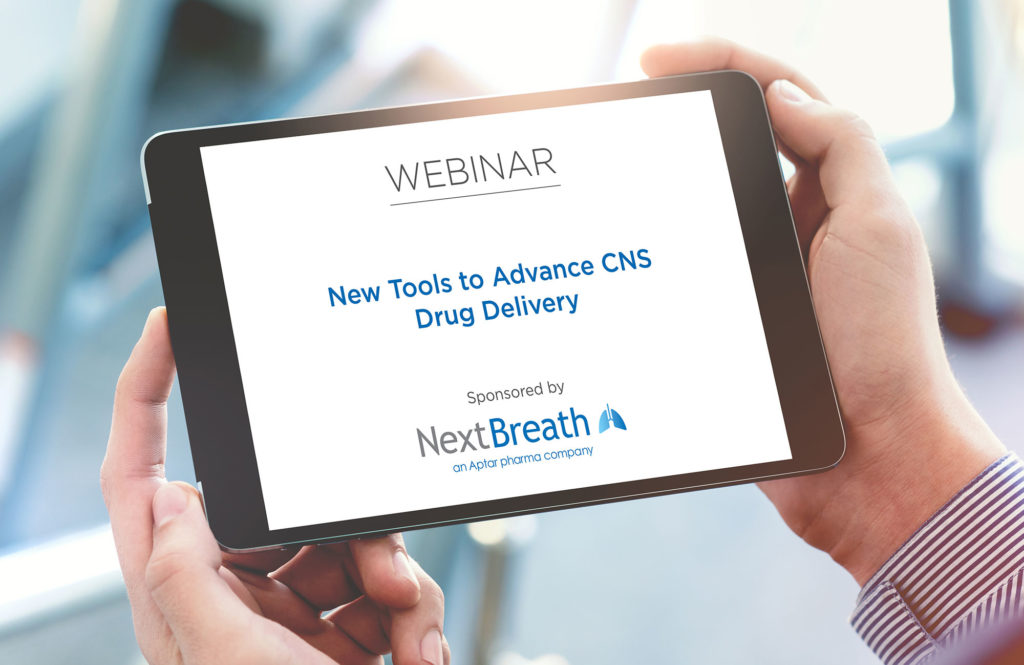Nanoparticle-based intranasal drug delivery offers several advantages, including rapid absorption, avoidance of hepatic first-pass metabolism, and patient-friendly administration. However, formulating nanoparticles for nasal delivery is a complex task that necessitates meticulous attention to various factors. These include the physico-chemical properties of both the active ingredient and the nanoparticle itself, ensuring bioavailability, stability during storage, and compatibility with nasal characteristics.
One critical consideration is controlling the particle size, which significantly influences the fate of nanoparticles in vivo. Different methods can be employed, such as lipid dissolution in ethanol to create lipid nanoparticles (LNPs) through self-assembly or microfluidic mixing processes for precise control of particle size and distribution. Each method has its advantages and limitations, with bulk processes yielding larger, polydisperse particles that may require additional downstream processing, impacting production costs.
Another challenge lies in the choice of excipients, particularly preservatives, in intranasal formulations. Sterile manufacturing requirements for injectable formulations often do not apply to intranasal systems, necessitating the addition of preservatives for shelf-life stability. However, preservatives can interact with nanoparticle systems, potentially compromising their integrity and drug release. Careful pre-formulation studies and profiling of preservatives are crucial to avoid issues during development.
Adjuvants, which enhance immune responses, must also be considered when formulating nanoparticle-based vaccines for intranasal delivery. Their inclusion should be managed through testing and analysis programs to understand their impact on nanoparticle stability and the final formulation’s properties.
A critical decision in intranasal nanoparticle delivery is whether to optimize the formulation as a liquid or dry powder. Powder formulations offer stability advantages over liquid ones and reduce transportation costs. However, they are more complex and expensive to develop and manufacture. Careful analysis through techniques like modulated differential scanning calorimetry (DSC) or freeze-drying microscopy helps determine the suitability of each approach.
Manufacturing nanoparticle powder formulations for nasal delivery involves methods like freeze drying and spray drying. Freeze drying is more common but requires precise control of freezing and drying conditions to maintain nanoparticle structure and size. Additional processes may be needed to obtain a final product suitable for nasal delivery.
In conclusion, formulating nanoparticles for intranasal drug delivery is a complex endeavor that demands a deep understanding of physico-chemical properties, excipients, and manufacturing processes. The potential benefits, including rapid absorption and improved patient compliance, make it a field of growing interest that holds great promise for future drug delivery innovations.
Learn more about Aptar Pharma Expertise
in Nasal Drug Delivery
This Might Also Be of Interest

Patient training and onboarding for intranasal rescue treatments
Publications, Pharmaceutical, Innovation & Insights, Drug Delivery Innovations, Product Solutions

The Current State of Play in Connected Devices
Publications, Pharmaceutical, Brand Differentiation, Product Solutions, Innovation & Insights, Drug Delivery Innovations

Exploring a Faster, More Cost-Effective Alternative to Generic Bioequivalence
Publications, Pharmaceutical, Innovation & Insights, Product Solutions

New Tools to Advance CNS Drug Delivery
Webinars, Pharmaceutical, Market Insights, Product Solutions, Innovation & Insights, Drug Delivery Innovations

